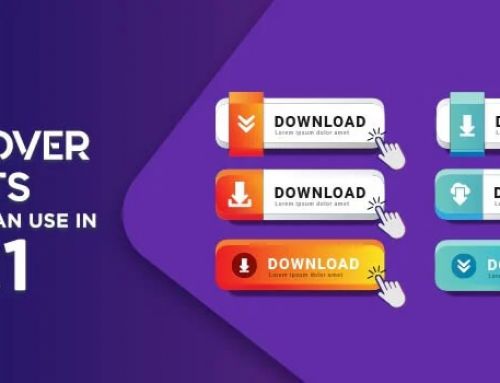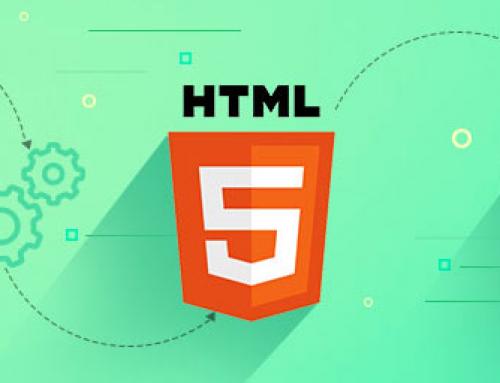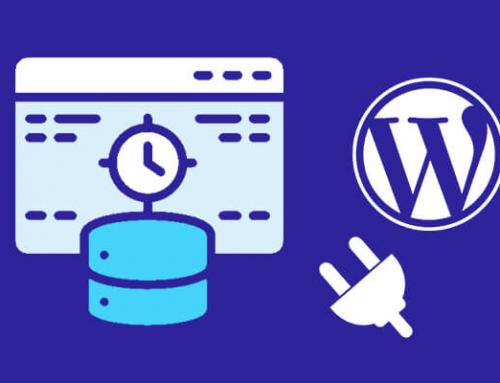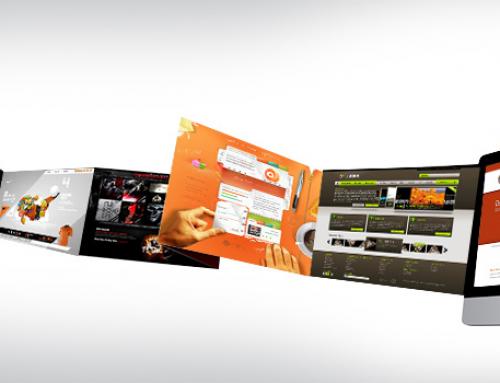Have you ever wondered how a website runs? Well, the main thing that is responsible for a website to run is coding. Besides, a website is also defined as a collection of webpage codes that describes the content, format, and layout of a page. Two more terms that are associated with it and help in displaying a website on the internet are web server and domain name. A web server is a computer that is connected through the internet and is mainly used to receive the webpage request sent by the browser. On the other hand, a domain name is an address that you usually type in the address bar of the web browser to get to a website.
Since everything is online now, there is no need to have the technical knowledge or learn the codes for creating a website. You will find a lot of stuff on the internet that can help you to build a professional-looking website even with zero technical skills. Previously, only HTML was used to create a website. However, today, the most common programming languages used for the web are HTML, CSS, JavaScript, and PHP. Besides, these four languages can be also used for a WordPress website.
PHP is the most important element of WordPress since it is essential in running the website on a web server. The things that you mostly notice at your website’s front end and back end are because of PHP. Apart from that, it is also present on the page templates, dashboard files, installed plugins or themes, etc. It is the main reason why website developers and designers say that WordPress won’t exist without PHP. So, in this article, we are going to talk about the basics of WordPress, the use of PHP to run the latest version, and how you can check and update it in the safest way.
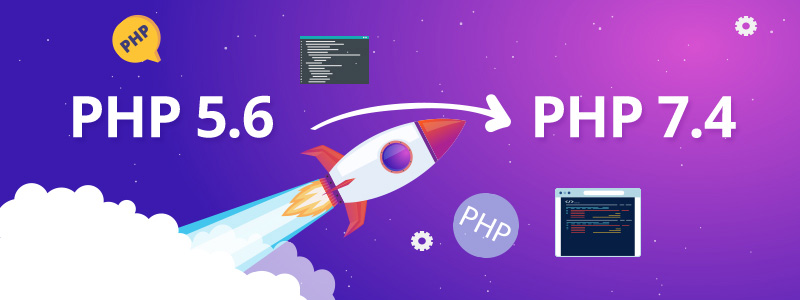
WordPress Basics
WordPress is an open-source content management system that is written in PHP. A content management system or CMS is usually a tool that enables users to manage the different aspects of their website even if they know nothing about programming. It is usually paired with the MariaDB or MySQL database and often includes a template system that is referred to as themes and a plugin architecture. The reason why it became famous among the website owners is that it allowed them to operate and update a website or blog with ease. Since it was having a user-friendly interface, they do not even have the need to learn web designing.
Previously, WordPress was only used to create blogs. However, now, it can be also used for creating traditional websites of various types, such as e-commerce, social networks, portfolios, resumes, membership sites, businesses, forums, and more. It currently allows access to around 50,000 free plugins and 5000 free themes along with a variety of premium options. It is easy to install and will only require you to click a few buttons. Since it is a popular tool, it is also easier to find help if you run into any problems or difficulties. So, if you are planning to build a website, then go for it without any hesitation. However, you need to remember that if you need full ownership of your site, then choose WordPres.org instead of WordPress.com. The latter can also help in creating websites, but it won’t give you complete ownership.
What is PHP and Why is it used?
PHP is the recursive acronym for PHP: Hypertext Preprocessor. It is a widely used server-side scripting language that is mainly employed for developing static and dynamic websites. Its pages contain HTML with embedded code instead of various commands to output HTML. Here, the code is enclosed in the start and end instructions, i.e., .
The scripts used in PHP can be only interpreted only if it is having a PHP-installed server. In case the client computers need to access it, then the only thing required is a web browser. Besides, a PHP file will usually contain tags and must end with a “.php” extension. If you are wondering why to use PHP since there are many other programming languages, then below are some of the reasons that can help you to decide.
- PHP is open-source, free, and has a short learning curve as compared to other web programming languages such as ASP, JSP, etc.
- It is cost-effective software since the software is supported by most web hosting servers by default.
- Since it is a cross-platform application, it can be easily deployed on numerous operating systems like Windows, Mac, Linux, etc.
- It receives regular updates so that it remains updated with the latest trends in technology.
- It has built-in support for working with MySQL; however, it can be also used for other databases like Oracle, ODBC, etc.
Why Update the PHP Version of Your Site?
Just like any other software, PHP also has a release life cycle that is bound to adhere to continuous improvements. It receives full support for 2 years with every major release. During this time, security issues and bugs are identified regularly. So, the need for upgrades is mainly because the older versions of the software will not receive any further updates or support, thereby exposing it to security vulnerabilities. Apart from that, there are several other benefits of upgrading the software to its latest version, which is mentioned below.
- Fast
Since the software’s latest version will be more efficient, it will make your website faster. Eventually, it will result in an increase in the performance of the website.
- Secure
Like WordPress, PHP is also managed by its community, and its latest version is supposed to have the most advanced security features. It, thereby, provides better protection against hackers.
- Higher ranking
By making your WordPress site faster and efficient, it will become more beneficial for visitors. It will then compel the search engines to rank your website higher in the search results.
- More visitors
If your website has a higher rank in the search engines, it will attract more and more visitors. Furthermore, it will retain more visitors if your website is performing at its best.
- New Features
Website developers can get access to new features that will enable them to work more effectively, i.e., they will have additional flexibility to find better solutions to problems.
3 ways to check the current WordPress PHP version
Since it is critical to use the highest version of PHP for overall website development, it is better to run a check on your WordPress site to see if your current host is running the latest version or not. Let’s see the different ways in which you can find it out yourself.
1. Examine the hosting management panel of your site
To find the version, you need to check with your hosting provider. You can also go to the back end of your account and click on a menu that will most likely be named “PHP Version Manager” or “PHP Settings” to find the version you are using for your site. You can also update it to another version or carry out edits with PHP.ini to making changes in the functionality of the server.
2. Use WordPress Plugin
You can also employ a plugin from WordPress to find out the version. The easiest one to use in this case is the Display PHP Version. You only have to install the plugin and click on the activate button. It will then show you the current PHP version you are using on the dashboard. If you find out that you are not using the latest version of the server, then you can try to update it. Keep on reading to learn how to do it safely.
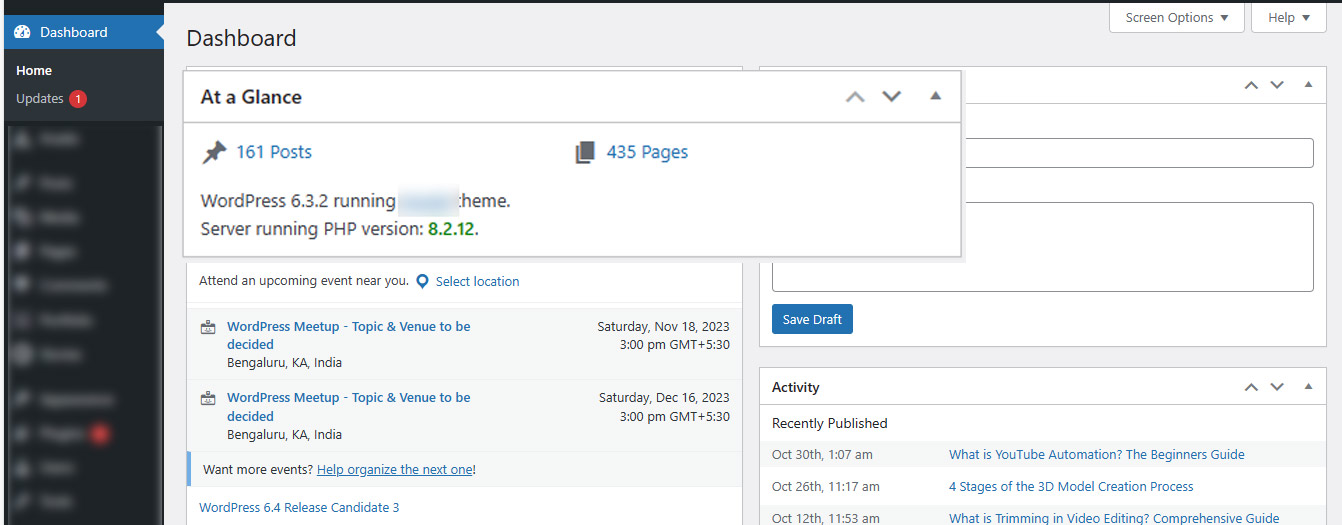
3. WordPress Dashboard (Recommended)
If you don’t have access to server information or don’t have permission to upload any 3rd party plugins, the following method is very easy. Login to WordPress Admin and go to Tools > Site Health > Info > Server > PHP version.
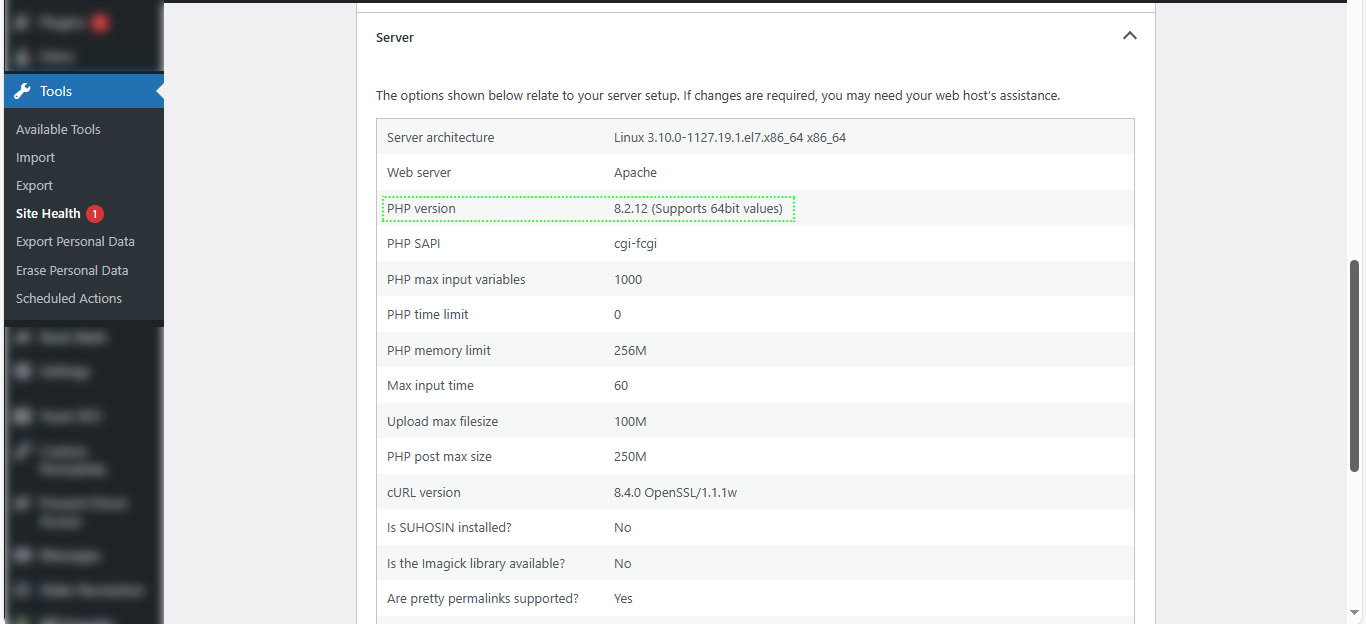
How to safely upgrade the WordPress website PHP version?
While it really sounds cool to upgrade to the latest version of PHP and run your website, there are still some risks associated with it. One of the deadliest risks that scares users the most is that the code used in core, scripts, themes, or plugins might not be compatible with the latest version. It will result in breaking your website and showing faulty behavior. So, if you want to avoid it, we strongly recommend that you follow the below steps. It will help you to update your live site safely and decrease the chances of running into any trouble.
Step 1: Create a backup for everything before updating
To overcome the issues with updating, the first step you need to take is creating a backup. It is something you should do even for security purposes. So, create a backup for your site, and then click on the update button.
Step 2: Check for compatibility problems with a plugin
There is no assurance that your website will run smoothly even if you have updated to the latest WordPress and extensions. In that case, you can carry out a compatibility test with the help of a plugin. You can use the free plugin (PHP Compatibility Checker) present in the WordPress directory that is released by the WP Engine. It will check all the codes, and report if there is an issue.
The first thing you need to do is install it on your website. A new menu called “PHP Compatibility” will appear under the Tools section once it is active. So, click on the desired PHP version you want to update and select the scan button for scanning all the extensions or only the active plugins.
After the scanning, you will get a list of errors and warnings for your website. Now, you can take the required action, i.e., either restoring the defective plugins or asking the developers to upgrade their works. Sometimes, the plugin might be flagged as non-compatible even though it is up to date. In that case, you can check the plugins that are known to be flagged even if they are not from the WP Engine.
Step 3: Upgrade the PHP version in Control Panel
Go to the Control panel and click on “Select PHP version”.
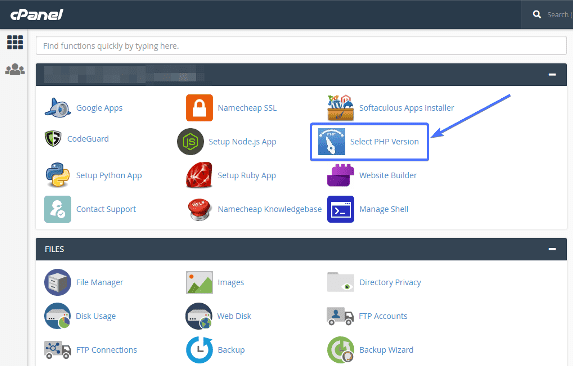
You can see the current PHP version of your website. Now, select the latest version of your drop-down menu.
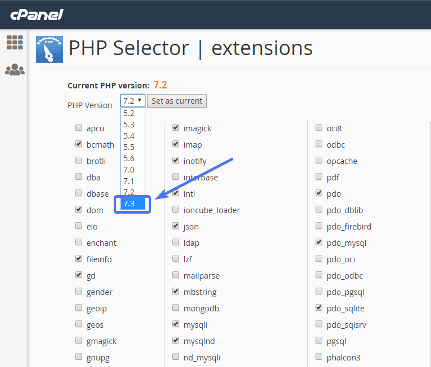
Finally, click on the “Set as Current” button.
Step 4: Try to reach your host provider
If you are having trouble upgrading PHP through the control panel, then you can try to reach your hosting company. They can help you with that, and if not, they can also provide you instructions.
Step 5: Check your website now
The final step is to go back to the front end and check if every page looks good. Also, see if the other parts of your website are disabled and test out the plugins or theme features. Once it is done, you can rest assured that you have safely and successfully upgraded PHP for your site.
Whether you like it or not, PHP does play an important role in the working of a WordPress website. Not only does it help in running the website, but it also helps in increasing the site’s performance, and ensures faster loading. So, to avail all the above advantages, you need to run your website in the highest and latest PHP version. Also, get regular updates so that the site keeps running at its best form. However, always keep in mind to check the compatibility of the PHP version for the themes and plugins of your website before you switch. It will help you to prevent compatibility issues in the future.




